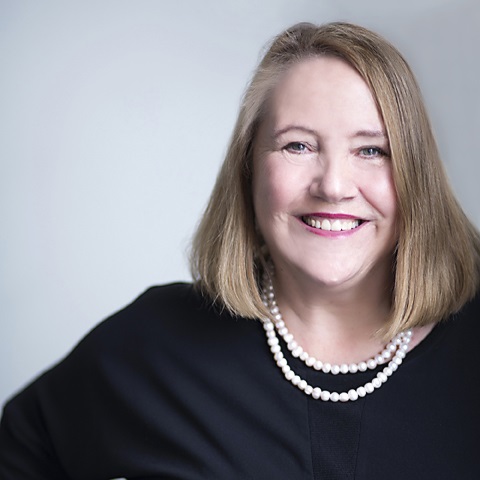Nanny /Educators Melbourne, Sydney and Tasmania. Dreaming big on the future of child care

I’ve been ‘dreaming big’ about what child care could look like and am reprinting this article as Placement Solutions celebrates its 35th year and we head into a review of the In home childcare scheme. What is ‘best practice’ when it comes to in-home child care, or what could it be?I don’t often read my horoscope though I did notice the other day that it said something about not assuming everyone around you is on the same page. This is actually sound advice, particularly when it comes to talking about child care.
Go back to basics and simply ask what children, their parents and their nannies want out of in home child care - the details will vary, but the fundamentals are fairly uniform
As you are no doubt aware, I’m not afraid to speak out about what I think child care, and particularly in-home care, should ‘look’ like. My book of 2016, The State Of The Nanny firmly tells it like it is or should be. Sometimes I still need to remind myself that not everyone has the luxury (or time or inclination) to know that ‘our’ way of doing child care in Australia is not the only way.
As we head into a new round of changes to the Australian childcare sector, I’ve been ‘dreaming big’ about what child care could look like. What is ‘best practice’ when it comes to in-home care, or what could it be?
I think the best way to approach this question is to go back to basics and simply ask what children, their parents and their nannies want out of in home child care. Obviously the details will vary from person to person, but I believe the fundamentals are fairly uniform.
Starting with children, if they were old enough to articulate their needs I believe they would say they want to be kept safe, without fear. They would say they want the chance to thrive, to learn, to belong. Importantly, children’s needs don’t change with the type of care they receive. In this regard there should be no distinction between long-day care, family day care and in-home care. Nor should there be any distinction on the basis of their parents income or profession.
Parents everywhere – I would say this is the case in all developed countries at the very least – want access to quality assured, affordable child care. This is the case regardless of income level. There is no reason why those on lower incomes would want this any less than those on higher incomes. In addition, most parents want to be able to take time off work if necessary to look after their kids, such as when a child is unwell. Importantly they want to be able to do this without having to feel guilty about it – as if they are somehow disloyal for doing so – and again regardless of their role or income level.
Familes that are experiencing vulnerability or in crisis need to know help can be organised efficiently, compassionately ,affordably and quickly with no sacrifice to quality care and to their nanny/ eductaors being paid legally.and that government funding may apply.Parents want to know that whatever form of child care they choose, and no matter which provider they choose, a certain acceptable level of quality is guaranteed. They increasingly recognise that education starts from day one; it isn’t something that can wait until school. So education needs to be built into all forms of child care. Parents also want both accreditation and any subsidies or rebates to be simple and easy to understand.
Finally nannies, also called nanny-educators these days, want to be able to work legally, to have the resources and environment to support their work, to be recognised as the professionals that they are, to have access to further training and education so they can develop their skills, and to be supported by parents, agencies and governments. And of course they want to be paid fairly and receive the same entitlements that any other worker expects.
The Australian system, including the National Quality Framework, provides a good proportion of what I’ve just outlined (though it is unfortunate that in-home child care is not fully aligned with that framework – it should be). However there are some areas in which other countries do things better. There are countries such as Sweden and Finland in which quality child care is guaranteed as a right of all children from newborns to 12-year-olds regardless of their parent’s income and employment. There are countries that offer universal paternity leave enabling parents to share the load of staying at home when necessary.
There are countries, such as Finland again, in which childcare subsidies extend even to parents who choose to stay at home, giving parents complete freedom to choose the type of child care that will suit their situation best without having to worry whether or not they are getting the best possible ‘deal’ from their government. There are countries such as France in which all approved nannies are registered with local government, making choosing a qualified nanny much easier.
I’m not suggesting that we need to throw our system away and start again. What I am saying is that we should not rest on our laurels. We should always be looking at what we can do collectively to improve the lot of our children. The more we develop resilient, responsible young people – regardless of the circumstances that they happen to have been born into – the more we will be a nation of resilient, responsible adults. And everyone will benefit from that.
Louise.

